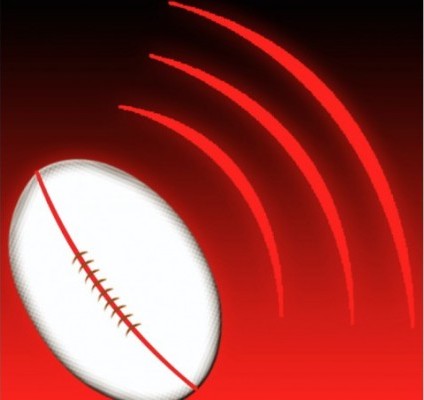Nationwide Playoffs, Thing of the Past
Nationwide Playoffs, Thing of the Past
USA Rugby has finalized the Round of 16 for DI and DII women’s colleges (read more). There are some concerns – check out the DII Southwest Regional or the déjà vu in the DI West – and they make one long for the playoffs that existed only a couple of years ago. The country’s fracture was inevitable – with issues like seasonality at its core – but the country did not divide in equal fashion. What’s left is a playoff system that doesn't bring the best teams together for a legitimate final four.
A refresher: In 2013, the majority of college conferences in the Northeast and Midwest, and a handful in the West, joined ACRA, a league that contests its entire season, including championships, in the fall. These regions experience inclement weather during the spring (could 2015 be a more redeeming example?) and teams were tired of the truncated, stressful build-up to national playoffs in the spring, while states like California and Florida were blissfully unaffected.
In 2014, USA Rugby partnered with ACRA, whose December championship was rebranded as USA Rugby’s Fall Championship, and the last DI and DII teams standing would face the spring championship victors in one national title bout.
The compromise looks good on paper, but it’s not. The fall competition in Division II is markedly stronger because of the concentration of teams in the Northeast and Midwest. Fourteen conferences sent teams to the fall Round of 32, while another two (Capital & Allegheny) named its champions but opted to send them to the spring championship (which is another bag of worms: Allegheny champ IUP, which competed in the 2013 ACRA fall championship, simply decided to attend spring playoffs this year). The latter will join teams from six other conferences. Also, while some good teams might come out of these spring leagues, many of those conferences are in serious trouble, unlike their fall opposites. According to Florida’s standings, five of 15 league games were valid, and it’s sending two teams to playoffs. Cascade is equally as shocking, as nine forfeits were recorded. While the West Coast is in a slightly better situation, conference champion Humboldt endured several cancelations; and the two Carolinas representatives had a handful of forfeit wins. Southern California and Capital are easily the most stable leagues working toward the spring championship.
What does this mean? With fewer teams available and inconsistent competition through half of the participating conferences, the legitimacy of the DII spring playoffs is questionable at best. Look at Albuquerque: Only two teams - Lonestar champion Texas State and SoCal #2 UC Riverside – will be present, meaning they receive byes through the Round of 16 and the victor of the one-match weekend heads to the spring final four.
Division I is more evenly split in terms of talent. In the fall, the right teams advanced to the semifinals: champion Penn State, Norwich, Quinnipiac and Indiana. The four best teams competing in the spring are Stanford, Central Washington, BYU and West Chester, but those four teams will not advance to the spring semifinals. Why is that? The spring competition is localized on the west and east coasts, with very little in between, but the selection of the regional playoff sites left few options for a generally stronger Pacific Mountain conference. Let’s compare the West and South regionals:
West
Stanford – Pacific Mountain West champion, defeated UCSB and Washington State 139-22 @ PMC playoffs
Central Washington – Pacific Mountain North champion, defeated Chico State and UC Davis 158-10 @ PMC playoffs
UC Davis & Washington State – lost to the aforementioned on day two of the playoffs and will replay those opponents in the Round of 16
South
Life – SIRC champion, defeated UCF 18-10 in final
Central Florida – SIRC runner-up, lost 18-10 to Life in final
North Carolina – Mason Dixon runner-up, lost 58-5 to West Chester
Texas A&M – Champion of Southwest conference, a three-team league
The "worst" team in the West is arguably better than the best team in the South. There is always going to be a debate on fairness – regardless of whether the country is playing at the same time or not – because the influence of timing and finances (Round of 16 occurs less than two weeks after many conference championships) often take precedence when forming regional groups. The fall had flexibility, but the spring does, too, but it's found on the east coast. Sure, at the end of the day, the best team needs to be able to beat anyone at any time, but the build-up to that final game is important, both to fans and those trying to elevate their collegiate programs.Today, the opportunity to see the nation's four best teams together just doesn't exist anymore, and it's lamentable.
How did Penn State and Notre Dame College win their respective fall titles? Revisit the brackets here.











